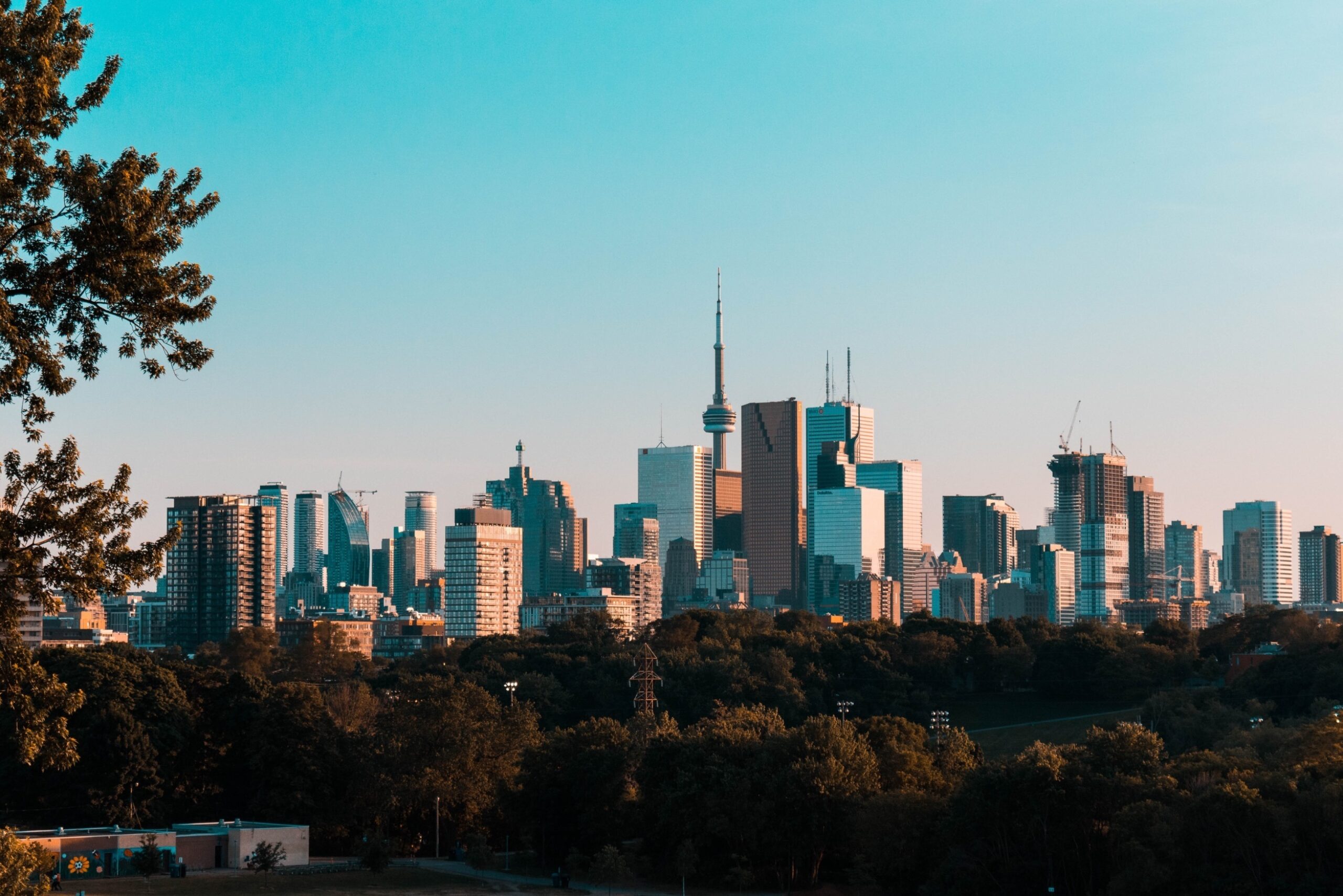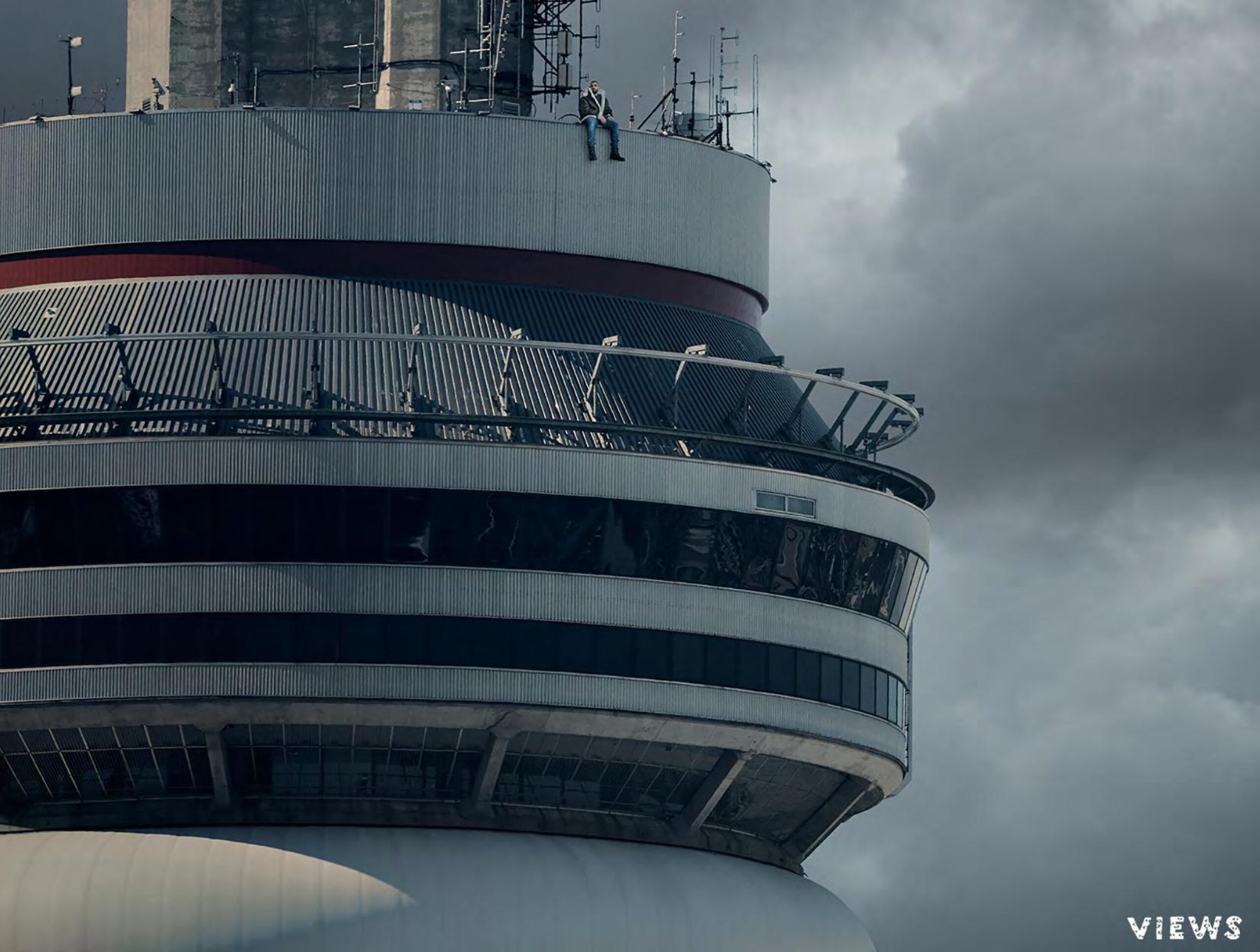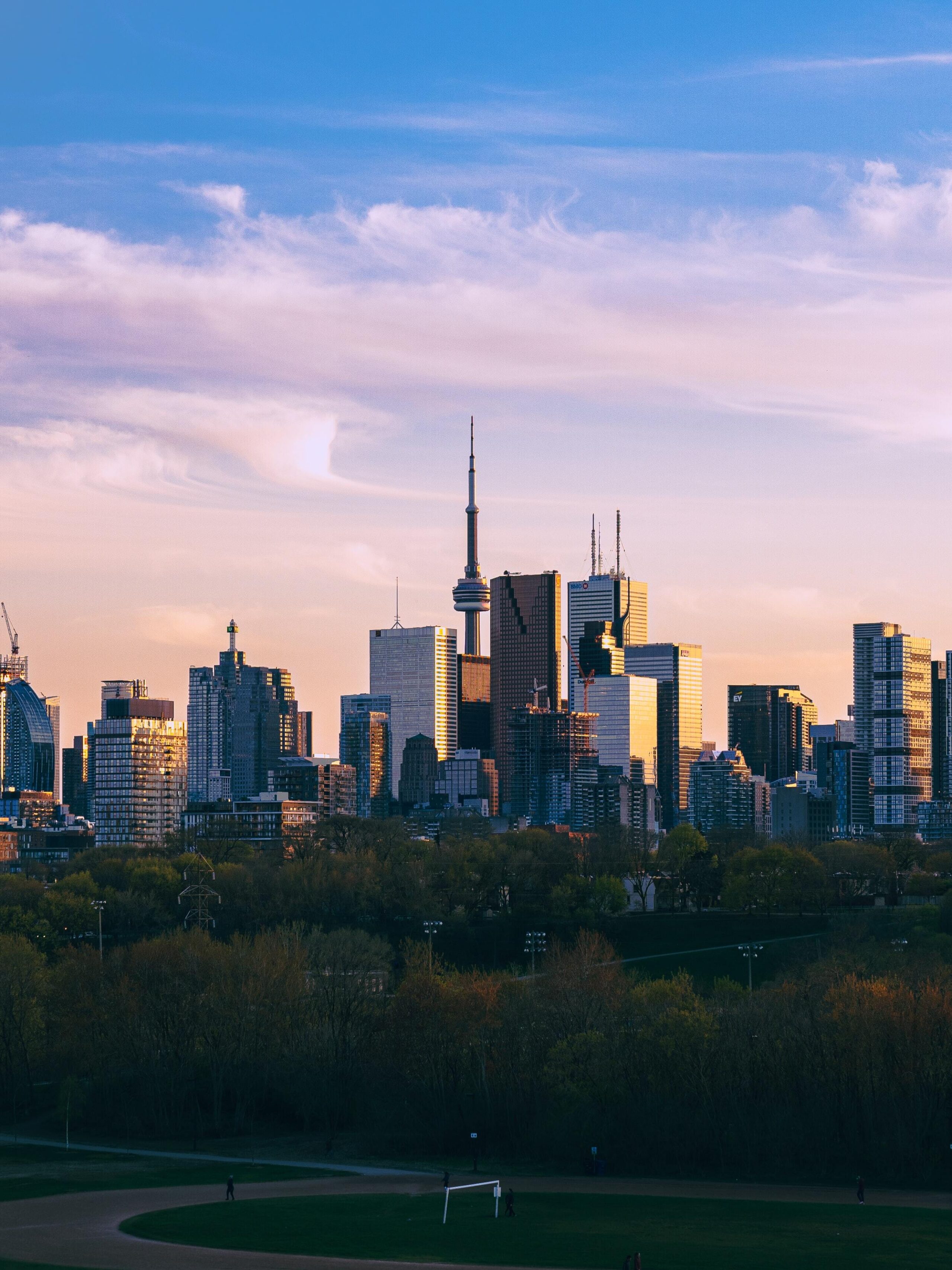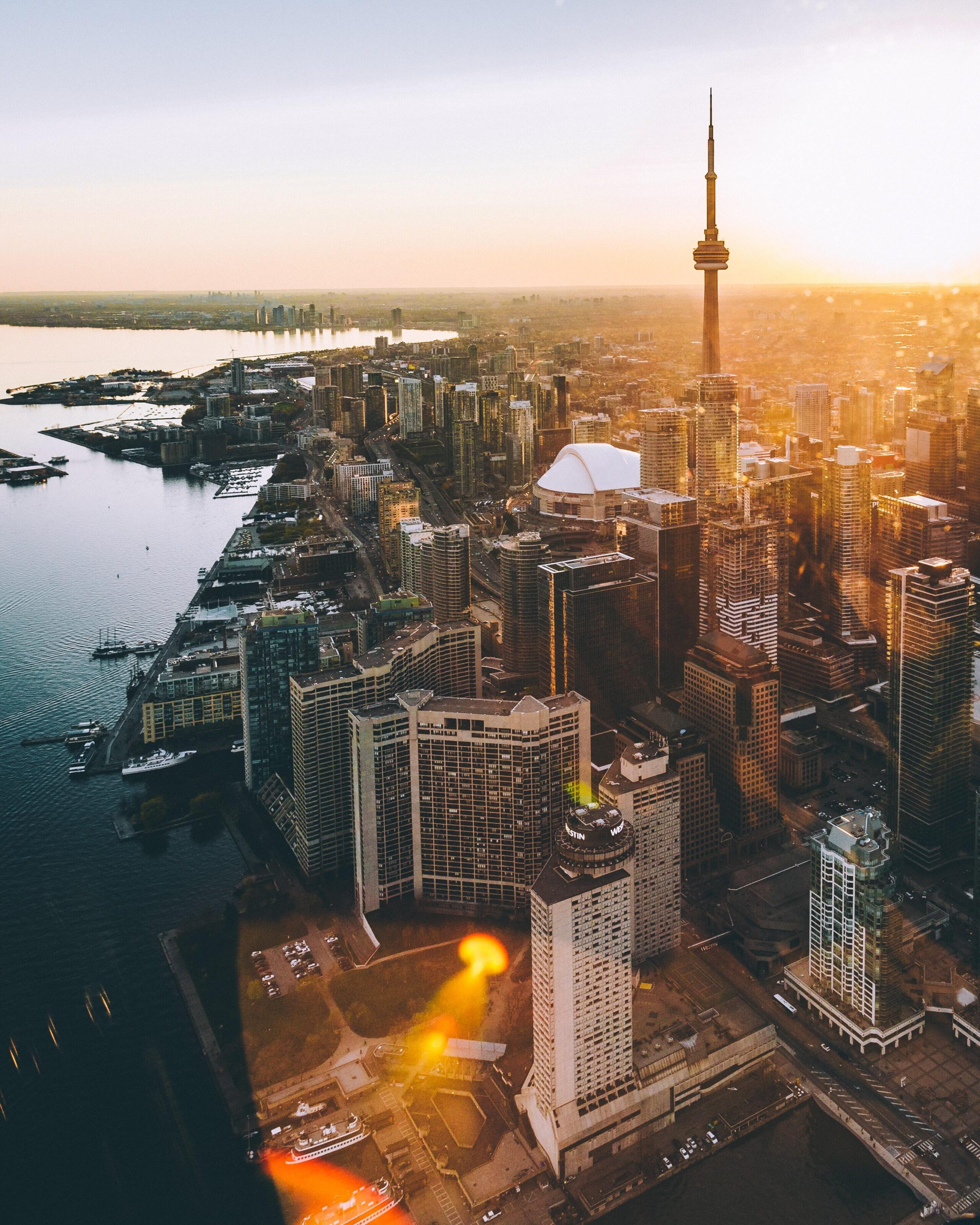
How Drake reminded the city what it was made of
In 2011 Eye Weekly, a sadly now defunct city paper, invited readers to suggest a new nickname for Toronto. Judged by local celebrities, Metric’s Emily Haines and the comedian Russell Peters, the winning entry was declared: El Toro.
El Toro. The only thing worse than El Toro is its runner up, “T-Bone.” The moniker didn’t last very long, to the surprise of precisely no one.
Three years later, Drake releases an album called Views, and with it, a nickname that stuck. “The 6ix” combines the city’s two area codes, 647 and 416, and the six municipalities that were amalgamated into Toronto in 1998. He didn’t invent it, but he took it to where it is now: more than three million instances of #the6 or #the6ix on instagram. He featured the CN Tower on the album’s cover.

“Putting Toronto on the map” and making it a “world class city” are phrases casually tossed around by planners, architects and all sorts of marketing types working on infrastructure, culture and placemaking projects. But for all their efforts to turn Toronto into something that would turn heads internationally, they couldn’t anticipate that a Jewish kid from Toronto’s leafy Forest Hill neighbourhood would be the one thing that did.
Drake came out of nowhere. He became Toronto’s biggest fanboy and wasn’t shy to let the world know. He gushed about the city on late night talk shows. He made big budget hip hop videos filmed at the friendly Canadian drugstore chain. His unwavering commitment to The Raptors, our beleaguered NBA team, saw him assume the unpaid, sometimes rocky position of “global ambassador”. His record label OVO hosts concerts at the stadium where the the team plays, and he’s opened a restaurant nearby — and it’s not the first he’s opened in the city.
He wrote “Started from the Bottom” on one of the most visible billboards in the city. His music is littered with references to Toronto, from the sporting goods store he used to shop at in the Yonge and Eglinton neighbourhood, to the stuffy Hazelton Hotel, which he calls the “Hazy.” Just last week a columnist for the Globe and Mail remarked “He is to the capital of Ontario what Dante was for hell.”
“Drake came out of nowhere. He became Toronto’s biggest fanboy and wasn’t shy to let the world know.”
The Toronto Star, another national newspaper, treated it like a PR campaign and asked media company ZenithOptimedia to measure the publicity value he created. They looked at Youtube hits, social media followers, media coverage and an appearance on Saturday Night Live where he heavily referenced Toronto. The grand total, they reported: a cool $3 billion.
“Drake’s 32.5 million Twitter and 23 million Instagram followers give him an enviable global reach. YouTube views on his videos are in the billions. ZenithOptimedia calculates that to replicate those impressions where he mentions Toronto with a conventional advertising buy, it would cost roughly $300 million.”
The last person to create this much international buzz about the city was former mayor Rob Ford, and that was for smoking crack on camera. We needed this.
“The last person to create this much international buzz about the city was former mayor Rob Ford, and that was for smoking crack on camera. We needed this.”
I have never met a city with such a frail perception of itself. We’ve made a city-wide pastime of comparing ourselves to New York. When someone said Toronto was like “New York run by the Swiss,” we held on to it, though we weren’t entirely sure what it meant. When American Vogue called Queen West the second hippest neighbourhood in the world (behind Tokyo’s Shimokitazawa), it made headlines. Take that Williamsburg, we cried, clutching our iPhones.
Drake showed us a side of our city that we hadn’t quite seen before. Not by a hip hop artist, at least, and certainly not on that scale. His cultural impact gave the city a new global credibility where there wasn’t one before. It’s something Toronto needs to be careful of. New businesses are opening with names like “Dentistry in the 6ix” or “Real Estate in the 6ix.” Please Toronto, don’t let this become El Toro.


There are many factors that changed the city. In the early 2010s a restaurant boom turned the city into a capital of excellent, inventive food. The Toronto International Film Festival transformed the city’s downtown core into a magnet that pulls in the entire film industry every September.
The truth is, Drake didn’t do much for Toronto, not in a tangible sense, anyway. He didn’t fix the crumbling Gardiner Expressway, he didn’t build the much-needed downtown relief line for the rammed subway system. But what he did do is uplift the city’s brand into one that doesn’t feel like New York run by the Swiss. In fact, it doesn’t feel like New York at all. It feels like Toronto.